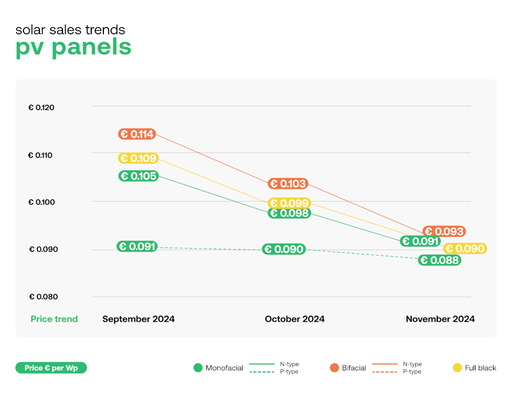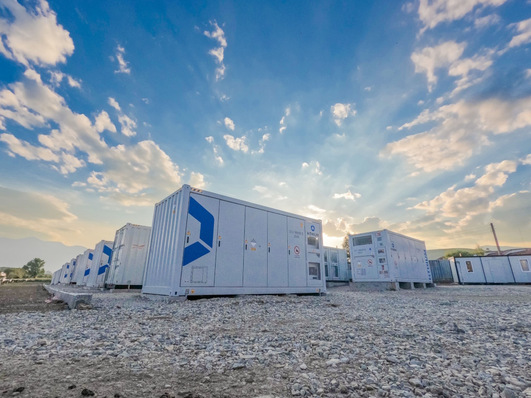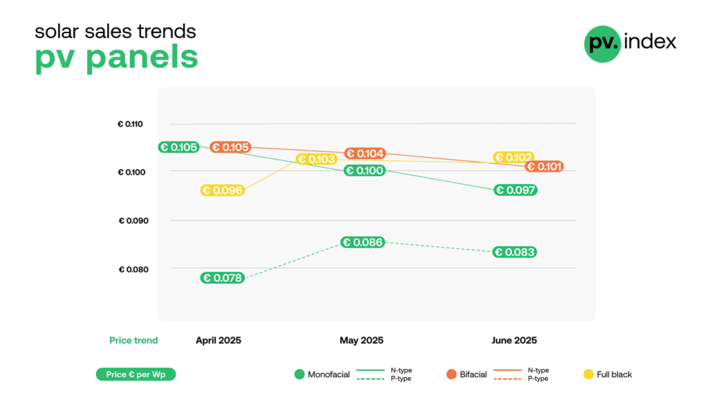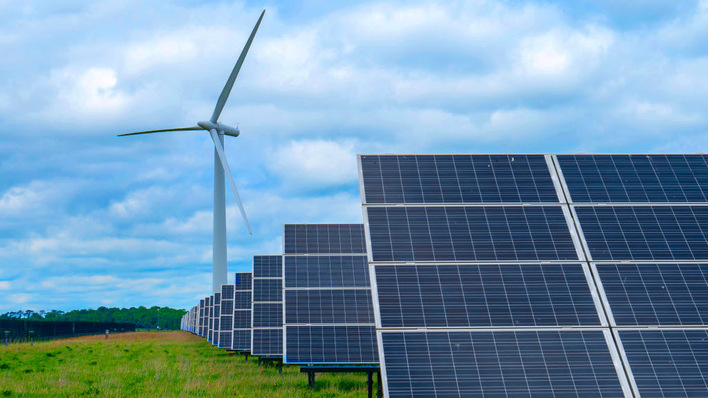While Germany struggles with bottlenecks and regulatory hurdles, Italy manages to balance growth, market logic and stability. In northern Italy alone, the country benefits from around 30 percent higher global solar irradiation than Germany. This translates into higher and more stable yields, as well as a smaller carbon footprint. Italy also offers a flexible price zone structure that balances supply and demand regionally – an instrument Germany still lacks. For investors, this creates a highly attractive market with long-term stable earnings prospects.
Twenty years ago, Germany launched its solar offensive at breakneck speed but with little strategic coordination. Today, overproduction and grid bottlenecks have led to hundreds of hours of negative electricity prices. Germany started the solar boom; Italy can perfect it – because it is starting later, but can plan more strategically. The key difference lies in the simultaneous expansion of renewables and infrastructure planning. In 2024, Italy recorded a new peak with around seven gigawatts of new photovoltaic capacity. By 2030, the National Energy and Climate Plan calls for about 80 gigawatts to be installed – more than double the current total.
Navigating hurdles in large-scale battery project finance
For comparison, Germany installed roughly 16 gigawatts, but faces mounting challenges with negative wholesale prices and overloaded grids. Italy now has the opportunity to learn from Germany’s experience and to expand grids, storage and consumption in parallel. On average in 2024 and 2025, the wholesale electricity price per kilowatt hour in Italy is just under three cents (up to approximately 50 percent) higher than in Germany, while consumer prices are lower due to reduced ancillary costs.
Fundamentally, Italy has a functioning market. But Italian policymakers must keep up the momentum – with clear frameworks, faster procedures and investment security for private actors. Only then can the country unlock its enormous potential for sustainable growth, without repeating the mistakes of the German market – and right now, we are optimistic that this will happen.
More sunshine, fewer barriers
With global solar irradiation of 1,400 to 2,000 kWh/m², Italy enjoys significantly better natural conditions. At the same time, simplified permitting procedures (PAS) mean that projects up to ten megawatts of peak capacity are usually approved within just a few months – a pace Germany is far from achieving. This also means that energy generation and demand are increasingly considered at the regional level.
There is also a marked difference in land access: while lease models dominate in Germany, investors in Italy can acquire many plots permanently. This creates planning certainty for generations. The focus on non-agricultural land, such as disused quarries or derelict industrial sites, also fosters public acceptance. When energy is generated on brownfield rather than farmland, there are hardly any conflicts of interest. In fact, everyone stands to benefit.
Revamped and recycled – lessons from an Italian PV plant
Despite its traditionally volatile politics, Italy has shown remarkable consistency in transforming its energy system. The government led by Giorgia Meloni is driving coal phase-out by 2028, promoting storage technologies and accelerating permitting. The goal is to reduce import dependence while meeting EU climate targets.
Parallel expansion, not overheating
The expansion of renewables in Germany outpaced that of grids and storage. Italy has the chance to do better. CAV Partners is leveraging these structural advantages for its investment strategy in Italy. The company currently has more than 20 projects in northern and central Italy in the pipeline, totalling around 140 MW, all expected to be construction-ready within 18 months. The reference project ‘F.A. Sol’ in Apulia demonstrates the potential: with a capacity of 1,240 kW, it generates around 1.74 million kWh of electricity per year, enough for 600 households, and secures long-term value by acquiring land.
Stay informed – subscribe to our free newsletters
CAV Partners is deliberately focusing on numerous smaller plants under ten MW and avoiding large-scale projects with triple-digit megawatt capacities. While such large projects may look attractive on paper and appeal to institutional investors, they often present significant challenges for the existing grid. By pursuing a strategy of multiple medium-sized plants, we ensure parallel expansion of generation and grid capacity, and avoid the structural overheating increasingly seen in Germany. (Thomas Hartauer/hcn)









